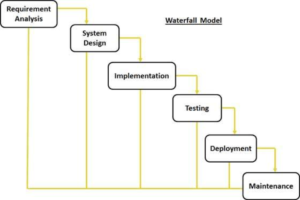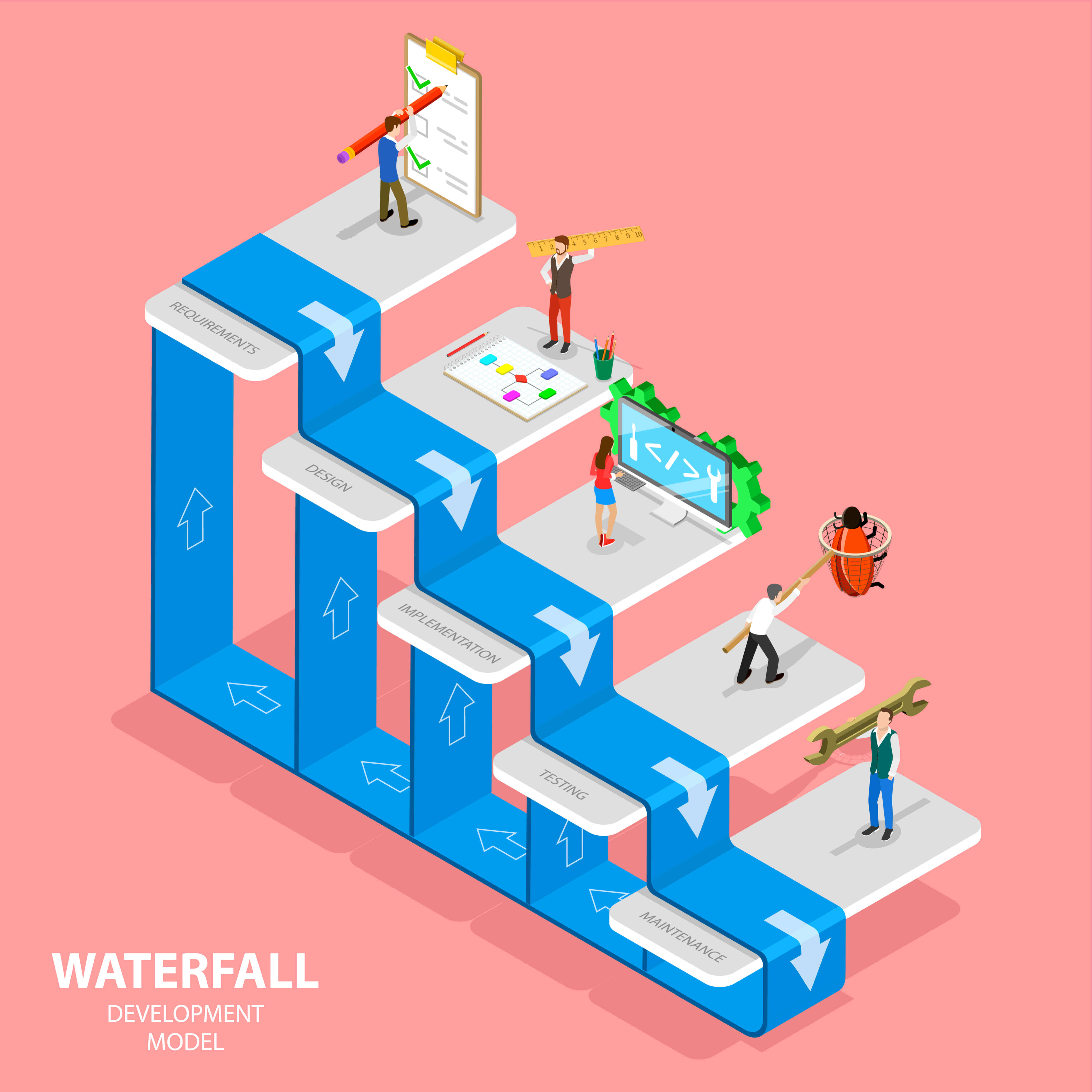

They also have minimal opportunities for feedback throughout the project. Waterfall methods sometimes limit client engagement at early planning stages. Agile champions flexibility, with the ability to adjust to changes and refine. In Waterfall, each phase should finish before moving forward. In contrast, Agile is more dynamic, using iterative cycles to adapt as the project progresses. Waterfall relies on tons of upfront planning before development begins. Waterfall methodology: key differencesĪgile and Waterfall represent two distinct approaches with notable differences.

Less predictability: when compared to the Waterfall approachĪgile methodology vs.Resource management challenges: because it requires team members who can work well under pressure.Potential for scope creep: because of Agile's flexible approach.Early value delivery: because Agile projects work in short iterations.Increased client involvement: to make sure deliverables align closely with expectations.Flexibility and adaptability: so teams can respond quickly to evolving needs and market demands.Let's jump right into the pros and cons of the Agile model: It emphasizes efficiency, reducing unnecessary steps, and focusing on delivering customer value.Īgile teams foster teamwork, facilitate flexibility, and speedy delivery regardless of framework. Lean was born from manufacturing and aims to remove waste and maximize value. It promotes a steady and continuous workflow. It does this using visual boards, so teams can easily monitor progress and identify bottlenecks.

On the other hand, Kanban visualizes work as it flows through different stages. It promotes close teamwork, clarity, and regular opportunities for adaptation. Scrum, in short, emphasizes self-organizing teams and short, time-boxed iterations called sprints. Each has its own unique attributes and benefits. Agile encompasses various frameworks, including Scrum, Kanban, and Lean. Unlike Waterfall, Agile focuses on collaboration, continuous feedback, and incremental growth. The Agile methodology is a flexible and iterative approach to project management. Now that we've gone over the Waterfall method and its pros and cons, let's now turn our attention to its agile counterpart. Higher risk: due to its sequential nature, it can fail because of errors (which is why a clear scope is essential).Lack of client involvement: can result in potential misalignment between deliverables and expectations.Limited flexibility: makes it challenging to accommodate changes.Predictability: well-planned in terms of timelines, milestones, and deliverables.Comprehensive documentation: provides a thorough understanding of project requirements and progress.Clear structure: makes it easier to plan and allocate resources.Let’s look at the pros and cons of “Waterfall style”: This can lead to slower response times and limited client involvement at certain stages of development. Once a phase is completed, it's challenging to make changes without going back a few stages. Unlike Agile, the Waterfall methodology follows a more rigid structure. This way, the team can focus on staying within the boundaries and follow a clear path. It also requires a comprehensive understanding of the project scope. This method requires strong upfront planning and documentation. In the Waterfall method, projects follow distinct phases, such as:Įach phase might have its own team and specific deliverables.


 0 kommentar(er)
0 kommentar(er)
